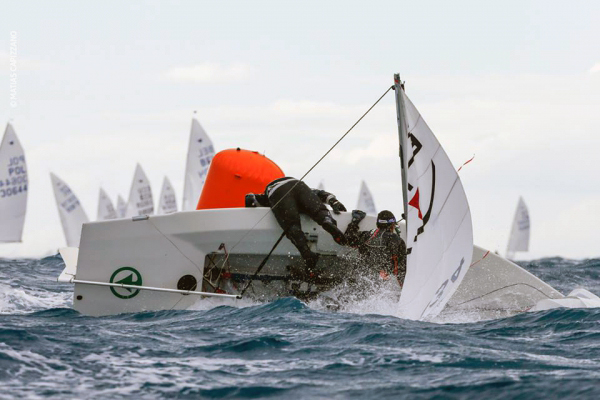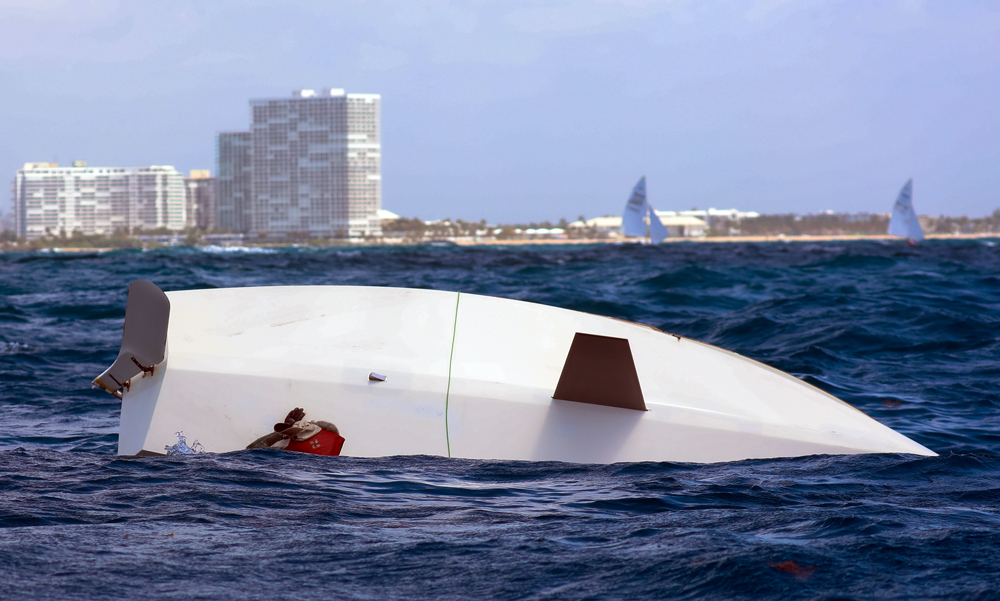A few weeks ago, I managed to add a new “first” to my long list of competitive sailboat racing experiences. This one I would’ve been perfectly happy to avoid altogether: my first capsize while steering a Snipe.
Snipes are dinghies, and dinghies do tip over. As a crew, I’ve even capsized in light air (are you reading this, George Szabo?). But as a skipper, my boathandling tends to be fairly conservative. That can be slower, but it also reduces the chance of any “issues”—even in epic ocean conditions like we had on the first day of the Snipe North American Championship, held off Fort Lauderdale.

The actual capsize happened quite fast; in a nanosecond, my top concern toggled from “are we going fast enough to hold off the boats behind us” to “are we going to drown?” Thanks to an excellent safety boat, lifejackets, and eighty degree water, it all ended well. We got back in the boat, sailed the next two races, and two days later we finished the North Americans in seventh overall.
Since then, I’ve replayed that capsize in my mind in an attempt to learn from it. The specific causes (a random combination of the right wave and the wrong foot placement) don’t provide many useful lessons, but it has provided an excellent reminder about how quickly we can be wrenched out of our comfort zone. One second I was pumping the mainsheet to fly down a wave, fully engaged in the accelerating thrill of a planing Snipe… and the next second I was desperately hanging on to that same piece of line, trying to keep the boat within swimming distance when it flipped.
I’m working toward my third decade in competitive sailing, and I’ve developed a lot of good boathandling habits that allow me to safely compete in just about any condition—even the big wind and waves of ocean sailing. That said, it was good to be reminded how quickly things can go wrong. There’s a first time for everything, and this latest “first” will make me better prepared the next time I leave my comfort zone.
